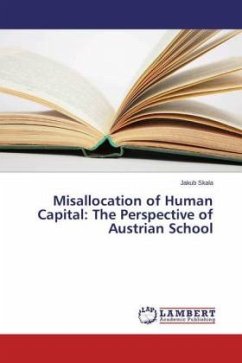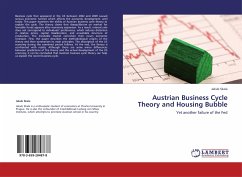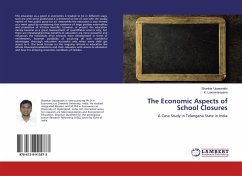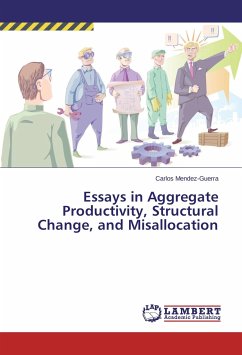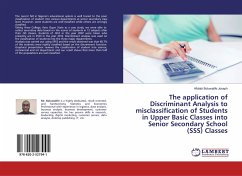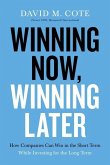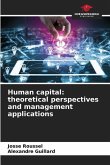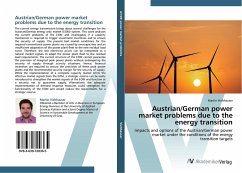Higher education is often considered as one of the safest and most profitable investments in human capital. There are, however, signals that this sector has been experiencing unsustainable economic boom in the United States. This study examines the ability of the business cycle theory provided by Austrian School to explain the possibility of such boom, i.e. to explain the potential systematic errors in the allocation of human capital. We find that respective allocation is driven by the similar market forces as the allocation of physical capital and hence, that it may fall victim to the same, or similar false market signals, thus creating the cycle of boom and bust.

